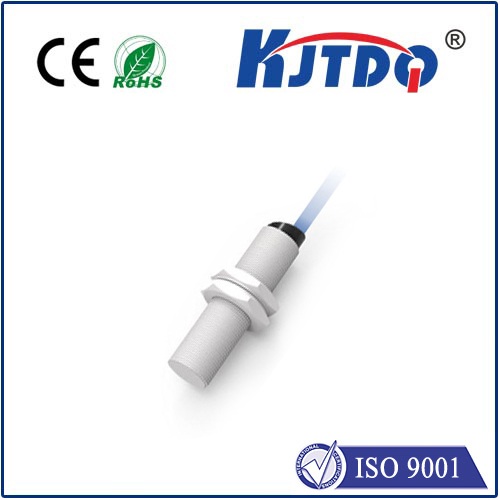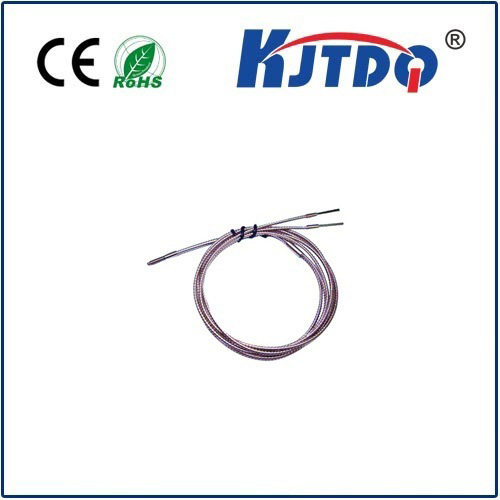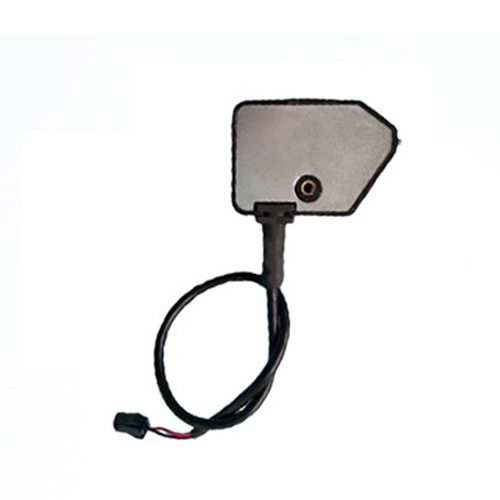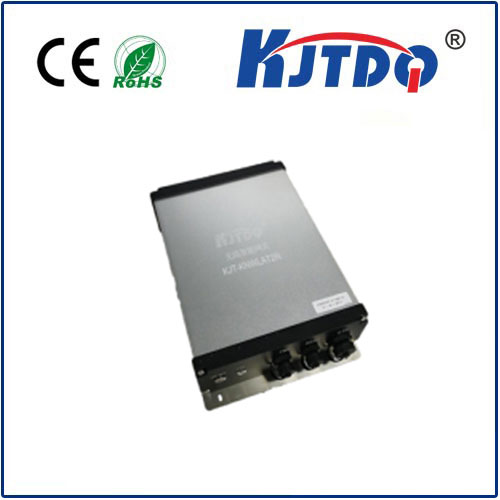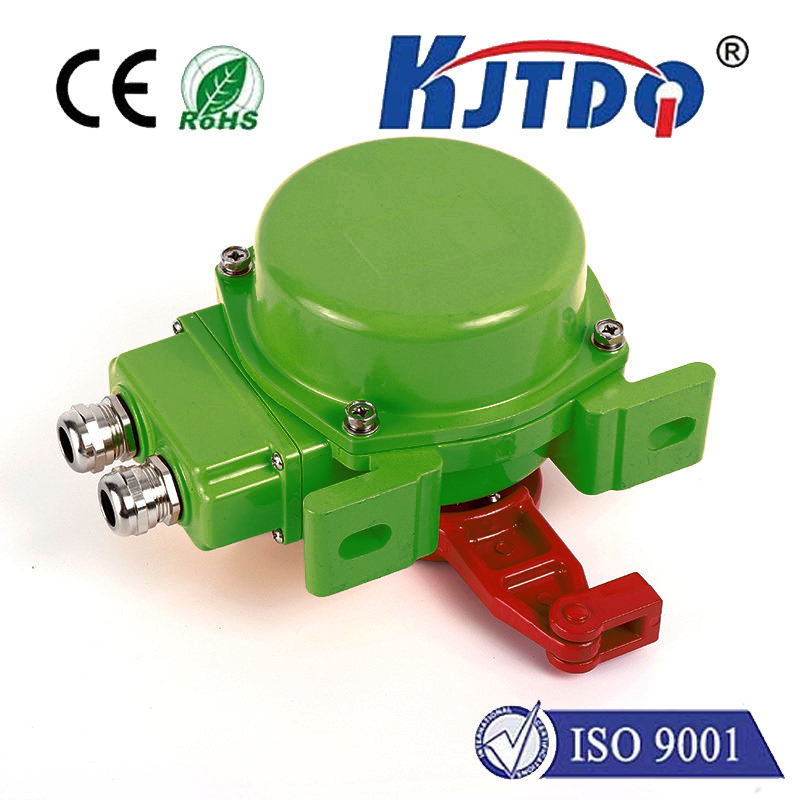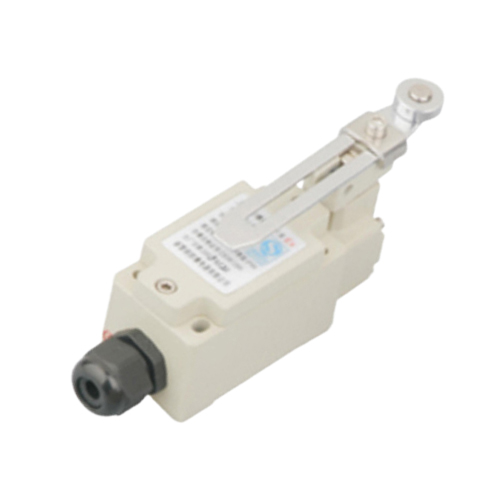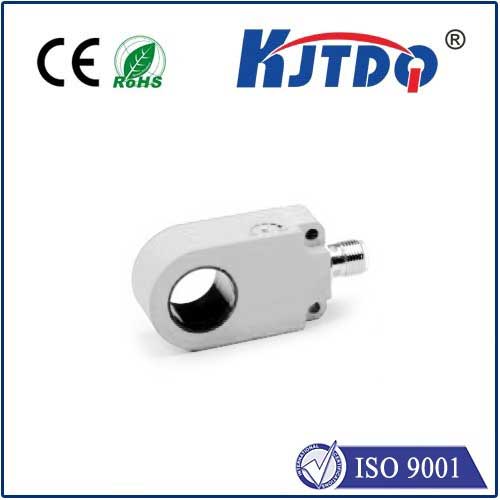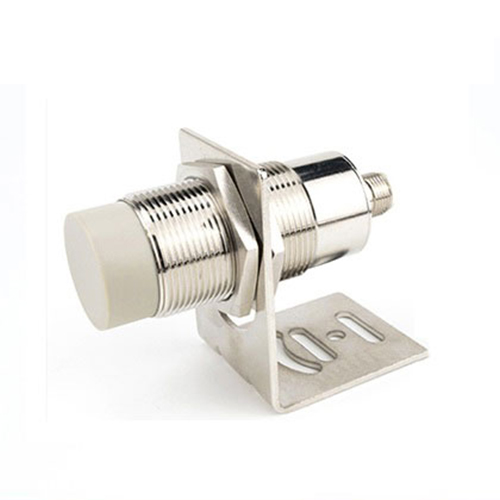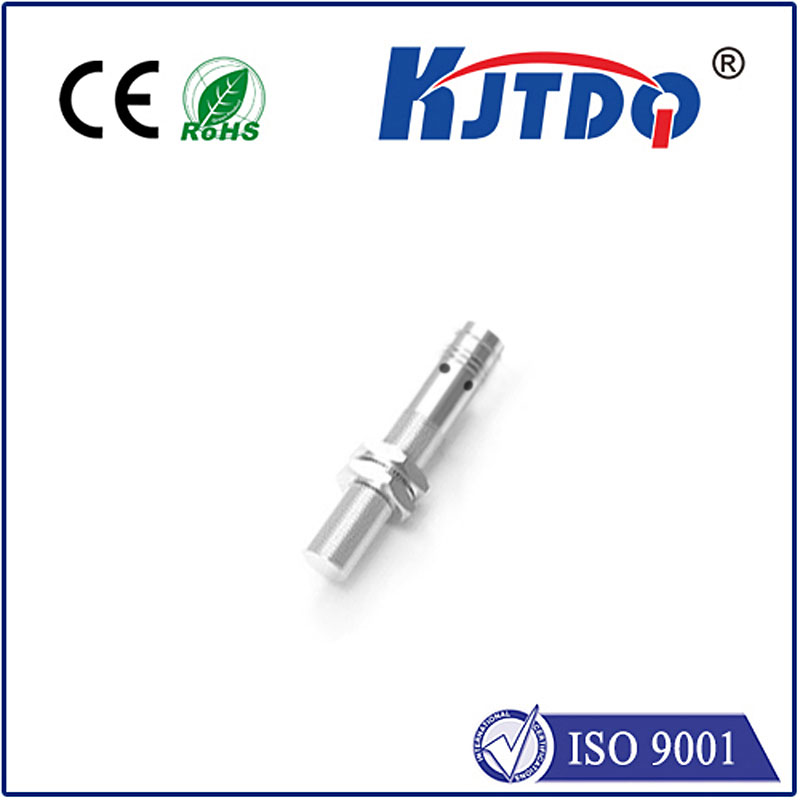
Проверка

Проверка

Проверка

Проверка

Проверка

Проверка
In the intricate dance of modern automation and machinery, seeing without touching is paramount. Objects must be counted, positions verified, levels monitored, and materials distinguished – often without physical contact to prevent wear, contamination, or damage. This crucial role falls to proximity sensors, with индукционный датчик and конденсаторный датчик standing as two of the most fundamental and widely deployed technologies. While both achieve non-contact detection, their underlying principles, strengths, and ideal applications differ significantly. Understanding these differences is key to selecting the optimal sensor for your specific challenge.
The Electromagnetic Detective: How Inductive Sensors Work
Imagine a sensor that senses metal like a magnet senses iron. That’s the essence of an inductive sensor. At its core lies an oscillator generating a high-frequency electromagnetic field radiating from its active face. When a ferrous (iron-based) or non-ferrous (like aluminum, copper, brass) metal target enters this field, it induces small electrical currents called eddy currents within the target. These eddy currents draw energy from the sensor’s oscillator circuit, causing its amplitude to decrease. An evaluation circuit within the sensor detects this specific change in oscillation and triggers a solid-state output switch (like a transistor), providing a clear “target present” signal.
Key Strengths & Limitations of Inductive Sensors:

Where Inductive Sensors Excel:
The Material Whisperer: How Capacitive Sensors Operate
Capacitive sensors operate on a principle similar to a capacitor: two conductive plates separated by a dielectric (insulator) that can store electrical charge. In a capacitive proximity sensor, one plate is the sensor’s active surface, and the other plate is either the grounded sensor housing or (more crucially) the target object itself. The sensor generates an electrostatic field radiating from its face. When any material – metal, plastic, wood, glass, cardboard, liquids, pellets, even granular solids – enters this field, it alters the field’s characteristics. This changes the capacitance of the system. The sensor’s internal circuit detects this change and switches its output state when the change exceeds a preset threshold.
Key Strengths & Limitations of Capacitive Sensors:
Where Capacitive Sensors Excel:
Head-to-Head: Choosing Between Inductive and Capacitive
| Особенности | Inductive Sensor | Capacitive Sensor |
|---|---|---|
| Detection Principle | Electromagnetic Field (Eddy Currents) | Electrostatic Field (Capacitance Change) |
| Target Material | Metals Only (Ferrous & Non-Ferrous) | Virtually Any Material (Metal, Plastic, Wood, Glass, Liquid etc.) |
| Environment | Highly Robust: Immune to dust, moisture, oil. | Sensitive to moisture, dust, material changes. Requires tuning. |
| Typical Range | Moderate to Long (mm to ~60mm) | Generally Shorter (mm to ~40mm, highly material dependent) |
| Container Walls | Cannot detect through solid walls. | Can detect through thin non-metallic walls. |
| False Triggering | Low risk with non-metallic surroundings. | Higher risk; careful installation/sensitivity tuning needed. |
| Ideal For | Metal object detection, harsh environments. | Non-metal detection, liquid/solid level, versatile materials. |
Selecting the Right Tool: Key Considerations
The choice between an inductive and capacitive sensor boils down to one primary question: What are you trying to detect?
